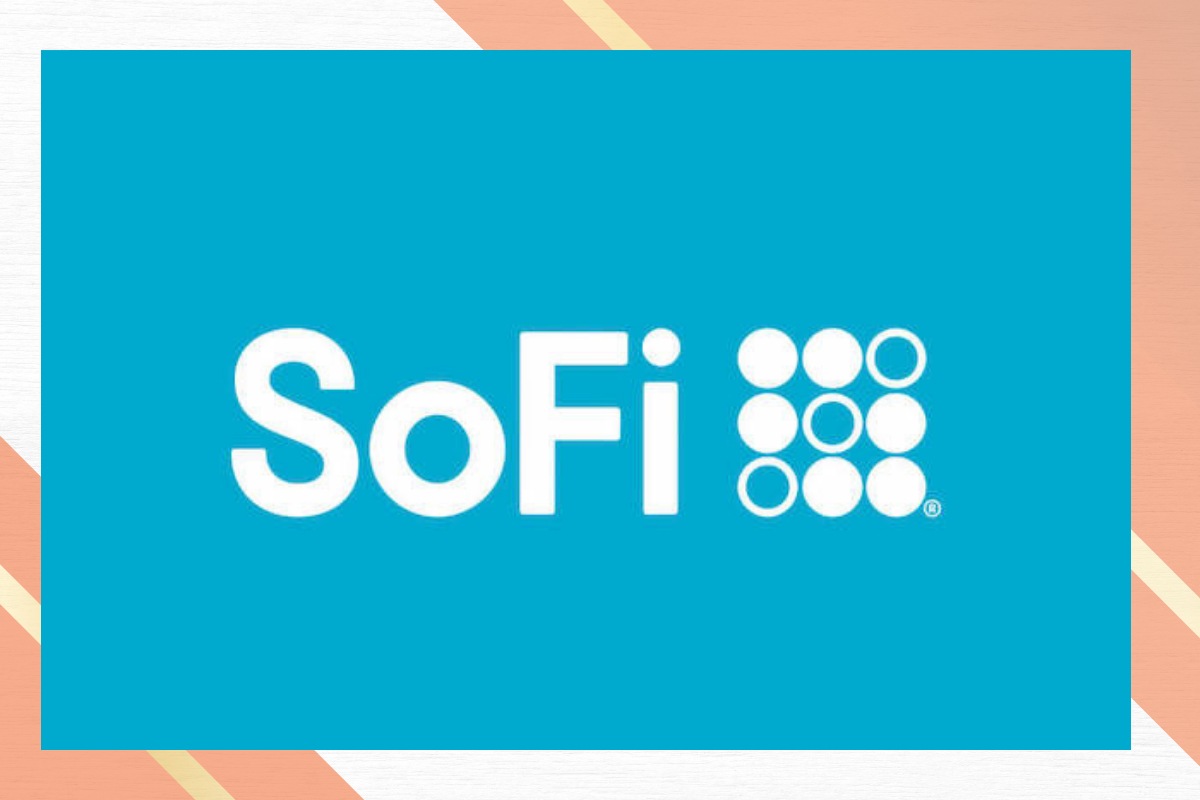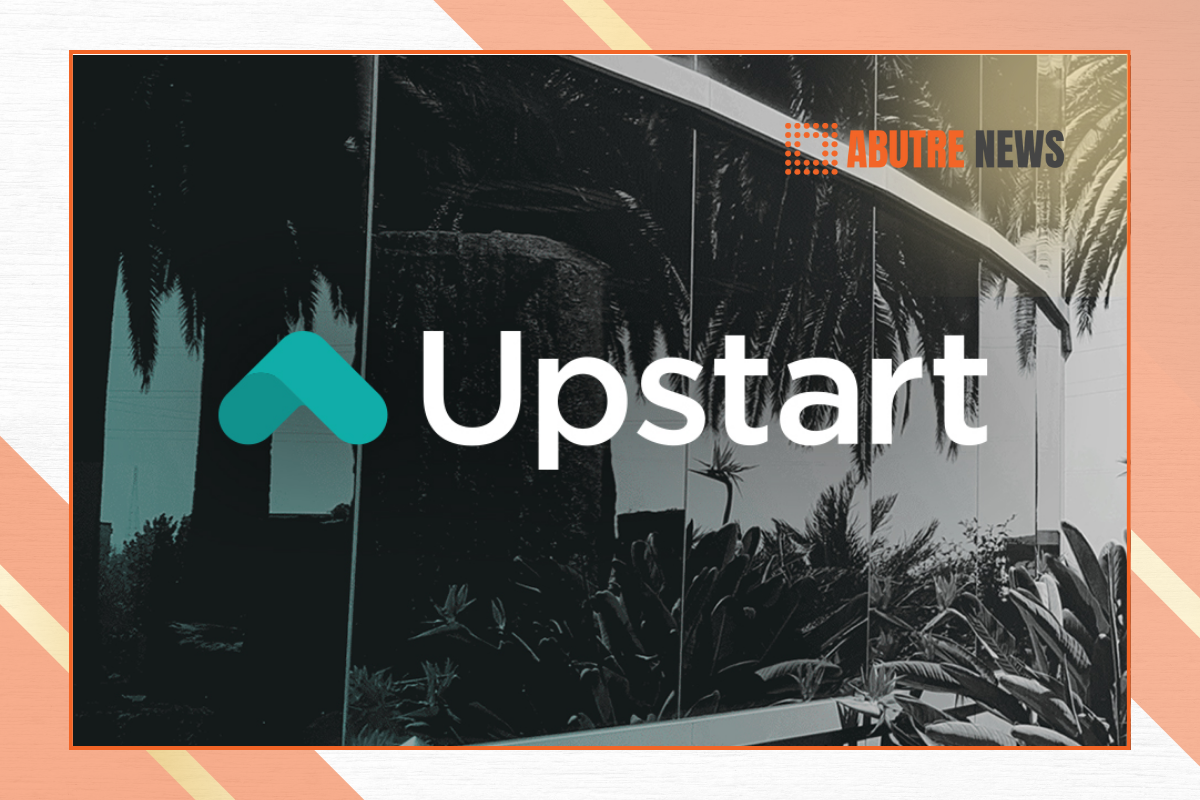We recommendation is:
How to choose a loan in 2024

Canada’s loan scene can be confusing for beginners, like sailing a big ocean on a small boat and no experience! With 2024 upon us, the Canadian lending market is brimming with opportunities and pitfalls alike. Need a loan but don’t know where to start?
This guide is your roadmap, offering clear, professional advice on how to select the best loan that aligns with your financial goals and needs. Whether you’re looking to make a significant purchase, invest in your future, or simply consolidate debt, understanding the intricacies of loan options is crucial.
What’s a Loan?
At its core, a loan is a financial agreement between a borrower and a lender. The lender provides the borrower with a sum of money upfront, which the borrower is obligated to repay over time, typically with interest. This financial tool is a cornerstone of personal finance, enabling individuals to achieve goals that would otherwise be out of reach due to upfront cost constraints.
What are the Advantages of Taking a Loan?
- Immediate Financial Flexibility: Loans provide immediate access to funds, which can be pivotal for time-sensitive investments or purchases.
- Credit Building: Responsibly managing a loan can strengthen your credit score, opening doors to more favorable financial opportunities in the future.
- Investment in Future: Loans can be used to invest in valuable assets like education or real estate, potentially yielding substantial long-term returns.
Different Types of Loan
- Secured Loans: These require collateral, such as a home or car, and generally offer lower interest rates.
- Unsecured Loans: These do not require collateral but typically come with higher interest rates due to the increased risk for the lender.
- Fixed-Rate Loans: The interest rate remains constant throughout the life of the loan, offering predictability in repayments.
- Variable-Rate Loans: The interest rate can fluctuate based on market conditions, potentially leading to lower initial rates but unpredictable future payments.
How to Apply for a Loan in 2024
- Assess Your Financial Health: Examine your income, expenses, and credit score to understand what you can afford.
- Determine Your Needs: Clearly define the purpose of the loan to choose the most suitable type.
- Research Options: Explore various lenders, comparing interest rates, fees, and terms.
- Gather Documentation: Prepare necessary documents such as proof of income, identification, and any collateral details.
- Submit Application: Apply through the lender’s preferred channel, whether online or in-person.
- Review Offer: Carefully read the loan agreement, paying close attention to the terms and conditions before accepting.
Best Loans Options in 2024
Spring Financial
- Description of Services: Offers loans ranging from $500 to $35,000 with APRs from 9.99% to 46.99%. Known for fast approval and funding, with the possibility to pay off the loan at any time without penalty.
- Pros: Quick turnaround time, flexible loan amounts, ability to rebuild credit.
- Cons: High rates for bad credit, some customer service complaints.
Mogo
- Description of Services: Offers a unique 100-day trial period for certain borrowers, allowing them to return the borrowed amount within this period and get back paid interest and fees.
- Pros: Fast decision and funding, large loan amounts, low starting rates.
- Cons: Steep rates for low credit scores, trial period not available to all borrowers.
SkyCap Financial
- Description of Services: Offers personal loans from $500 to $10,000 with APRs between 19.99% and 39.99%. Known for its excellent customer service and transparent fee structure.
- Pros: Quick approval, convenient online application, transparent terms.
- Cons: Lower loan amounts compared to others, high rates for low credit scores.
goPeer
- Description of Services: A peer-to-peer lending platform offering loans from $1,000 to $35,000 with APRs from 8.99% to 34.99%. Known for competitive rates and flexibility in loan amounts.
- Pros: Competitive rates, repayment flexibility, no branch visits required.
- Cons: Origination fee, may not qualify with bad credit, slower process compared to other online lenders.
LoanMeNow
- Description of Services: LoanMeNow offers a convenient and swift solution for those in need of smaller loan amounts, ranging from $500 to $1000+. The company is known for its transparent approach, featuring interest rates between 28% to 32% with a term of 3 months. This lender caters specifically to borrowers seeking immediate financial assistance without the long-term commitment associated with larger loans.
LoanMeNow’s streamlined application process is designed to provide quick responses, making it an ideal choice for individuals in urgent need of funds. While the interest rates are relatively high, the short-term nature of these loans is tailored for quick financial solutions rather than long-term financing needs. - Pros: Suitable for urgent financial needs where funds are required promptly. The application process is streamlined, offering a hassle-free experience for borrowers to apply for a loan. With a short term of 3 months, borrowers are not locked into a long-term financial commitment.
- Cons: The interest rates for LoanMeNow loans are relatively high, ranging from 28% to 32%. The loan amounts offered are relatively small, between $500 and $1000+. The 3-month repayment term might pose a challenge for some borrowers to repay the loan quickly, especially if the financial crunch persists beyond the short term.
10 Mistakes to Avoid When Choosing a Loan
- Not Checking Your Credit Score: Before applying for a loan, it’s crucial to know your credit score, as it significantly influences the interest rates and terms you’ll be offered.
- Failing to Shop Around: Don’t settle for the first loan offer you receive. It’s essential to compare options from various lenders to find the best rates and terms.
- Overlooking Fees and Charges: Beyond the interest rate, loans can come with various fees and charges. Make sure to understand all potential costs involved.
- Borrowing More Than You Need: It might be tempting to take a larger loan if offered, but borrowing more than you need increases your debt and interest payments.
- Ignoring the Total Repayment Amount: Focus not just on the monthly payments but also on the total amount you’ll repay over the life of the loan, including interest and fees.
- Not Reading the Fine Print: Loan agreements can be complex. It’s crucial to read and understand all the terms and conditions to avoid any surprises.
- Forgetting About Your Budget: Ensure that the loan repayments fit comfortably within your budget without compromising your other financial obligations and savings.
- Disregarding Loan Term Length: A longer loan term might reduce your monthly payments but will increase the total interest paid. Conversely, a shorter term means higher monthly payments but less interest overall.
- Neglecting Interest Rate Types: Understand the difference between fixed and variable interest rates. Fixed rates remain the same throughout the loan term, while variable rates can fluctuate, affecting your repayment amounts.
- Overlooking Alternative Financing Options: Sometimes, other financing solutions might be more suitable for your needs. Consider all alternatives, such as lines of credit, credit cards, or borrowing from family and friends.
By avoiding these common mistakes, you can make more informed decisions in the Canadian lending market and choose a loan that best suits your financial situation and goals.
Conclusions
Choosing the right loan in Canada requires careful consideration of various factors including interest rates, fees, and lender reputation. It’s important to compare options and understand the terms and conditions before committing to a loan.
FAQ
- What factors should I consider when choosing a loan? Consider the loan amount, interest rate, fees, repayment terms, and lender reputation.
- How does my credit score affect my loan options? A higher credit score can lead to lower interest rates and better loan terms.
- Can I repay my loan early without penalties? Some lenders allow early repayment without penalties, but it’s essential to check the specific terms of your loan.
- What’s the difference between a fixed-rate and a variable-rate loan? A fixed-rate loan has a constant interest rate throughout the loan term, while a variable-rate loan’s interest can change based on market conditions.
How can I apply for a loan in Canada? You can apply online or in-person by assessing your financial situation, determining your needs, researching options, gathering necessary documents, and reviewing the loan offer carefully.




